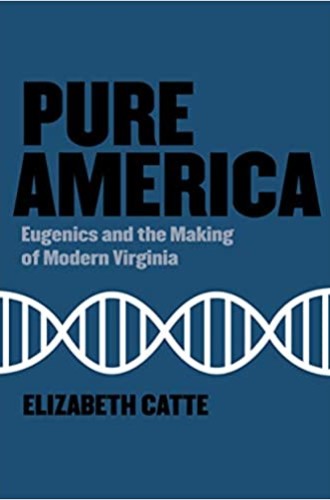A landscape scarred by the trauma of eugenics
Elizabeth Catte traces the haunting history of forced sterilizations in Central Virginia.
Law school curricula do not typically feature the Supreme Court’s 1927 decision in Buck v. Bell, which upheld the Virginia Sterilization Act of 1924 from a constitutional challenge and permitted state health superintendents to force sterilization upon patients. Its brief mention in the constitutional law class I took as a first-year law student at the University of Virginia identified it only in contrast with subsequent cases protecting individual rights like the right to privacy.
Writing for an 8–1 majority, Justice Oliver Wendell Holmes Jr. clothed utilitarianism with bigotry by stating that “it is better for all the world, if instead of waiting to execute degenerate offspring for crime, or to let them starve for their imbecility, society can prevent those who are manifestly unfit from continuing their kind.” He concluded with some of the most haunting—and, yes, evil—words to be published in a Supreme Court opinion: “Three generations of imbeciles are enough.”
It is hard to read these dehumanizing words, which rationalized the forced sterilization of more than 7,000 people in Virginia and approximately 70,000 nationwide. Elizabeth Catte, in a “Note on Language and Content” that serves as a preface to Pure America, writes that this “ugly and abusive language that historical actors invented to describe people perceived to have disabilities in the past” is part of the “long history in America of imprinting racial, gender, and class prejudices onto the concept of disability.” These prejudices were built on fear of losing privilege and power. Rearticulated in a scientific and therefore “modern” veneer, they glamorized Nordic stock and pathologized those who lacked power.






